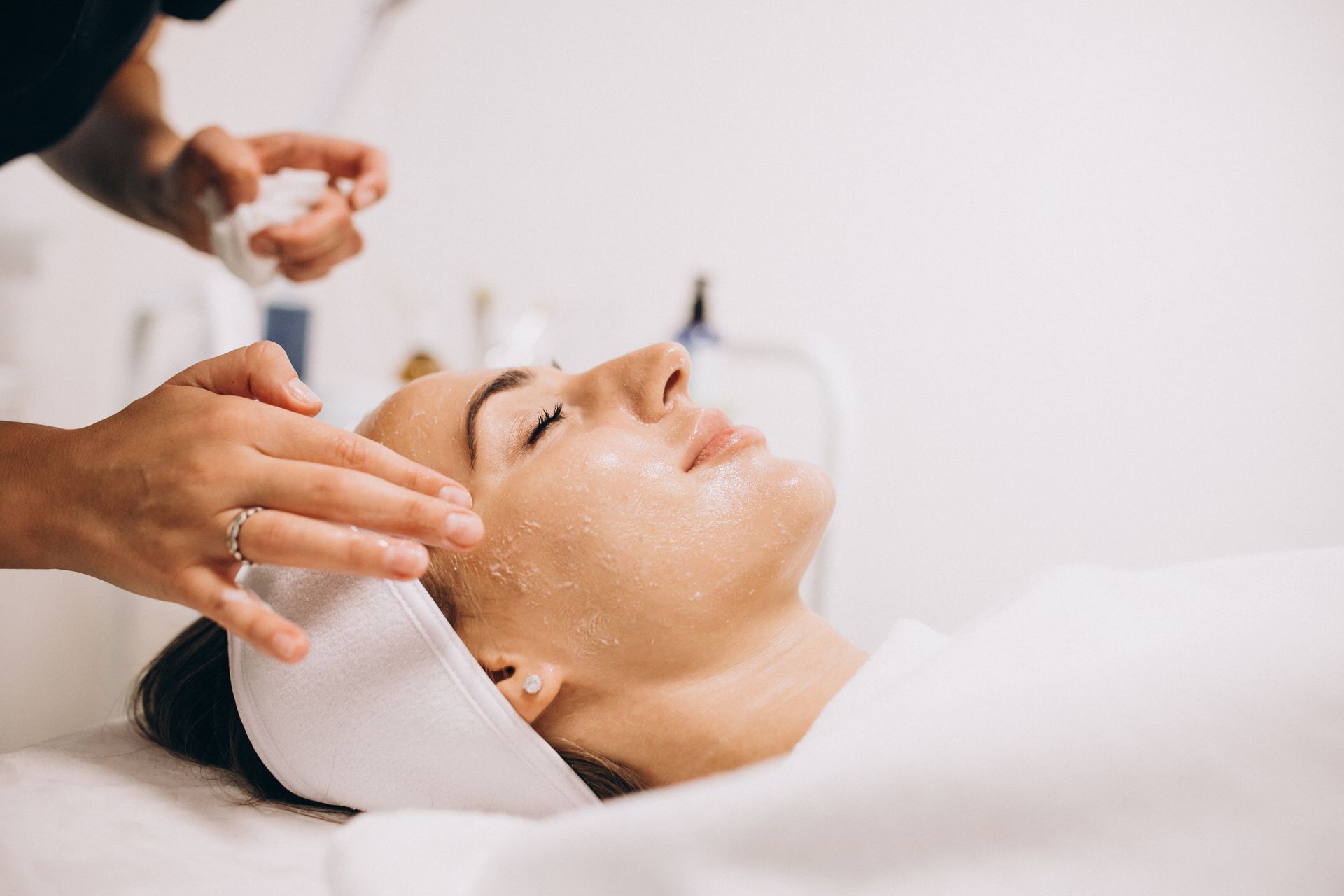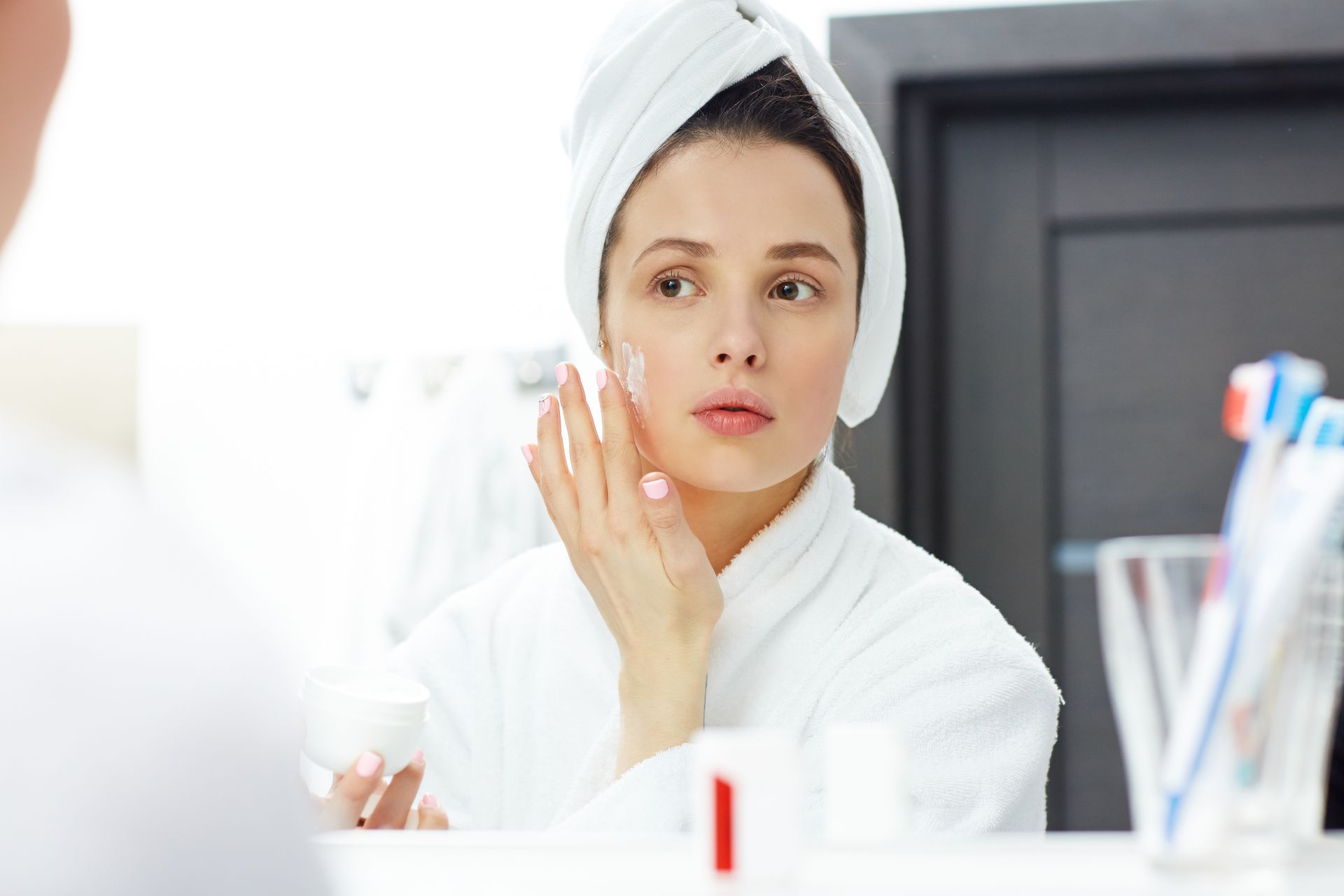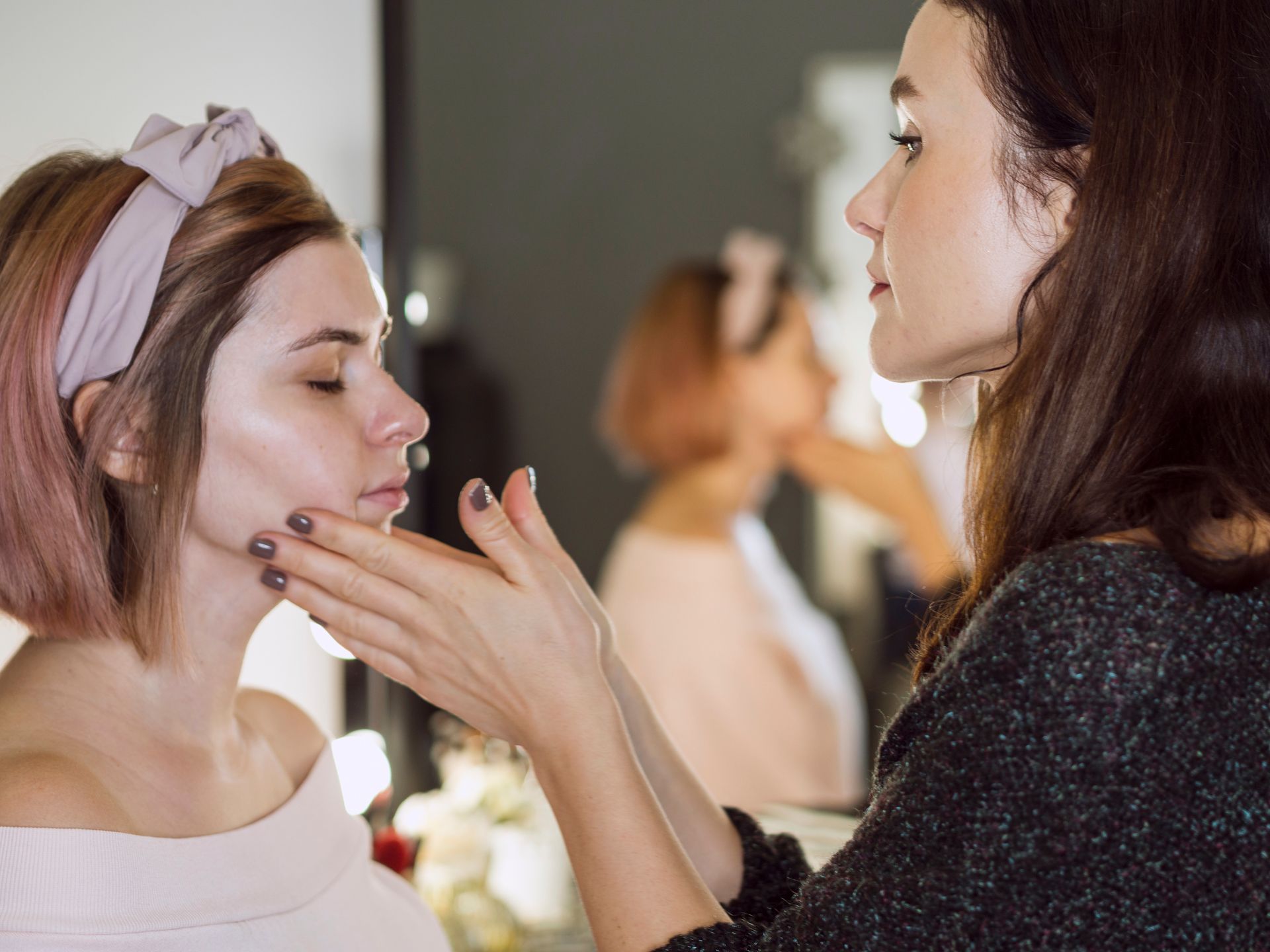Is Laser Good For Facial Hair Removal?
Facial hair removal has been a significant part of personal grooming and aesthetics for centuries, evolving with time and technology. From traditional methods like plucking and threading to modern techniques such as waxing and shaving, people have always sought effective ways to remove unwanted facial hair. Each method comes with its own set of benefits and drawbacks, often varying in terms of pain, longevity, cost, and convenience.
In recent years, laser hair removal has emerged as a popular and sophisticated option for those seeking a more permanent solution. This advanced technique uses concentrated light beams to target and destroy hair follicles, aiming to significantly reduce hair growth over time. Touted for its precision and long-term efficacy, laser hair removal has garnered a reputation as a game-changer in the realm of personal grooming.
But how does laser hair removal stand against the plethora of existing methods? Is it truly the best option for everyone looking to manage facial hair? To answer these questions, we delve into the world of laser hair removal, exploring its process, effectiveness, suitability, and much more. Join us as we unravel the intricacies of this modern approach to facial hair removal and help you determine whether it's the right choice for your grooming needs.
What is Laser Hair Removal?
Laser hair removal has emerged as a popular choice for individuals seeking a more permanent solution to unwanted body hair. This innovative procedure utilizes advanced laser technology to target and destroy hair follicles, resulting in long-lasting hair reduction. Laser hair removal operates on the principle of selective photothermolysis. Essentially, this means that the laser emits a specific wavelength of light that is absorbed by the melanin pigment present in the hair follicles. The absorbed light energy is converted into heat, which damages the follicle, inhibiting future hair growth.
During the procedure, a trained technician will direct the laser beam onto the target area of the skin. As the laser pulses, it penetrates the skin and selectively targets the hair follicles while leaving the surrounding skin unharmed. Over multiple sessions, the treated hair follicles gradually become inactive, leading to a significant reduction in hair growth.
Laser hair removal is known for its precision and effectiveness, offering lasting results with minimal discomfort. However, it's important to note that multiple sessions are typically required to achieve optimal results, as hair grows in different phases and the laser can only target hair in the active growth phase.
Types of Lasers Used
Several types of lasers are used in laser hair removal, each employing different technologies that cater to varying skin and hair types. The suitability of a particular laser depends on factors such as the individual's skin tone, hair color, and the targeted area of treatment. Here are some common types of lasers used:
Alexandrite Laser: This laser emits a wavelength of light that is well-absorbed by melanin, making it effective for individuals with fair to olive skin tones. It is particularly suited for treating larger areas of the body, such as the legs, back, and arms.
Nd:YAG Laser: Nd:YAG lasers have a longer wavelength that penetrates deeper into the skin, making them suitable for darker skin tones. They are also effective for targeting coarse hair and can be used on various areas of the body.
Diode Laser: Diode lasers offer versatility and precision, making them suitable for a wide range of skin and hair types. They are known for their effectiveness in targeting fine hair and are often used on areas such as the face, underarms, and bikini line.
Ruby Laser: While less commonly used today, ruby lasers emit a shorter wavelength of light that is well-suited for individuals with fair skin and light hair. They are most effective for treating smaller areas of the body, such as the upper lip and chin.
The Effectiveness of Laser Hair Removal
Laser hair removal is renowned for its effectiveness in achieving long-lasting hair reduction. According to statistical data and expert opinions, the majority of individuals experience significant hair reduction after completing a series of laser treatments. In fact, many people report permanent hair loss in treated areas, although occasional maintenance sessions may be required to target any regrowth.
Studies have shown that laser hair removal can reduce hair growth by up to 90% after multiple sessions, making it one of the most efficient methods for achieving smooth, hair-free skin. However, the effectiveness of the treatment can vary depending on factors such as the individual's skin type, hair color, and hormonal influences.
Comparison with Other Hair Removal Methods
When comparing laser hair removal with traditional hair removal methods such as waxing, shaving, and depilatory creams, several pros and cons become apparent.
Pros:
- Long-lasting results: Laser hair removal offers longer-lasting results compared to temporary methods like shaving and waxing.
- Precision: Laser technology allows for precise targeting of hair follicles, minimizing damage to surrounding skin.
- Reduction of ingrown hairs: Unlike shaving, which can lead to ingrown hairs, laser hair removal reduces the occurrence of ingrown hairs over time.
Cons:
- Cost: Laser hair removal tends to be more expensive upfront compared to other methods, although it may provide cost savings in the long run due to reduced need for ongoing treatments.
- Multiple sessions required: Achieving optimal results typically requires multiple sessions spaced several weeks apart, which may inconvenience some individuals.
- Potential discomfort: While discomfort during laser hair removal is usually minimal, some individuals may experience temporary discomfort or redness following treatment.
Suitability and Safety
Laser hair removal is generally suitable for a wide range of individuals, but certain factors should be considered to determine candidacy and ensure safety.
Good candidates for laser hair removal typically have fair to medium skin tones and dark, coarse hair. This is because the laser targets the melanin pigment in the hair follicles, making it less effective for individuals with light-colored hair or
darker skin tones. However, advancements in laser technology have made it possible to treat a broader range of skin and hair types effectively.
While laser hair removal is considered safe when performed by trained professionals, it's essential to be aware of
potential side effects and precautions. Common side effects may include temporary redness, swelling, and mild discomfort, which usually subside within a few hours to days. In rare cases, more severe side effects such as blistering, scarring, or changes in skin pigmentation may occur, particularly if proper precautions are not followed or if the treatment is administered incorrectly.
Before undergoing laser hair removal, it's crucial to consult with a qualified practitioner to assess your suitability for the treatment and discuss any potential risks or concerns. By understanding the effectiveness, comparison with other methods, and safety considerations of laser hair removal, individuals can make informed decisions to achieve smooth, hair-free skin effectively and safely.
The Procedure Explained
Before the Treatment: Before undergoing laser hair removal, several preparation steps are necessary to ensure optimal results and minimize the risk of complications. This may include scheduling a consultation with a qualified practitioner to assess your candidacy for the treatment, discuss your medical history, and address any concerns or questions you may have. Additionally, it's essential to avoid sun exposure and refrain from waxing or plucking hairs in the treatment area to ensure the effectiveness of the procedure.
During the Procedure:
During the laser hair removal procedure, you can expect to experience a series of quick pulses of laser light directed at the target area. The sensation is often described as a mild snapping or stinging feeling, although discomfort levels can vary depending on individual pain tolerance and the sensitivity of the treated area. The duration of each session can range from a few minutes to an hour, depending on the size of the treatment area.
Aftercare and Follow-Up: After completing a laser hair removal session, it's essential to
follow proper aftercare instructions provided by your practitioner to promote healing and minimize the risk of side effects. This may include applying soothing creams or gels to the treated area, avoiding sun exposure, and refraining from activities that may irritate the skin, such as hot showers or vigorous exercise. Additionally, your practitioner may recommend scheduling follow-up sessions to achieve optimal results and address any remaining hair growth.
Making the Decision
When selecting a laser hair removal provider, meticulous research is paramount. Seek out clinics staffed by seasoned, certified professionals who operate with FDA-approved equipment and adhere rigorously to safety protocols. Delve into reviews and testimonials from former clientele to glean insights into the clinic's performance and the outcomes achieved. In this pursuit of excellence, Huggie Beauty emerges as a standout choice for laser hair removal treatment. Renowned for their commitment to client satisfaction and utilizing cutting-edge technology, Huggie Beauty ensures a premium experience coupled with remarkable results. By entrusting your journey to Huggie Beauty, you can embark on your quest for smooth, hair-free skin with confidence and peace of mind.
Conclusion
Laser hair removal offers a promising solution for those seeking long-term reduction in unwanted hair growth. With its effectiveness, precision, and potential for lasting results, it's a viable option for many individuals. However, before embarking on this journey, it's crucial to consult with qualified professionals to assess suitability, address concerns, and ensure safe treatment. By taking this step and receiving guidance tailored to your unique needs, you can proceed confidently towards achieving the smooth, hair-free skin you desire.
BOOK YOUR FREE SESSION










